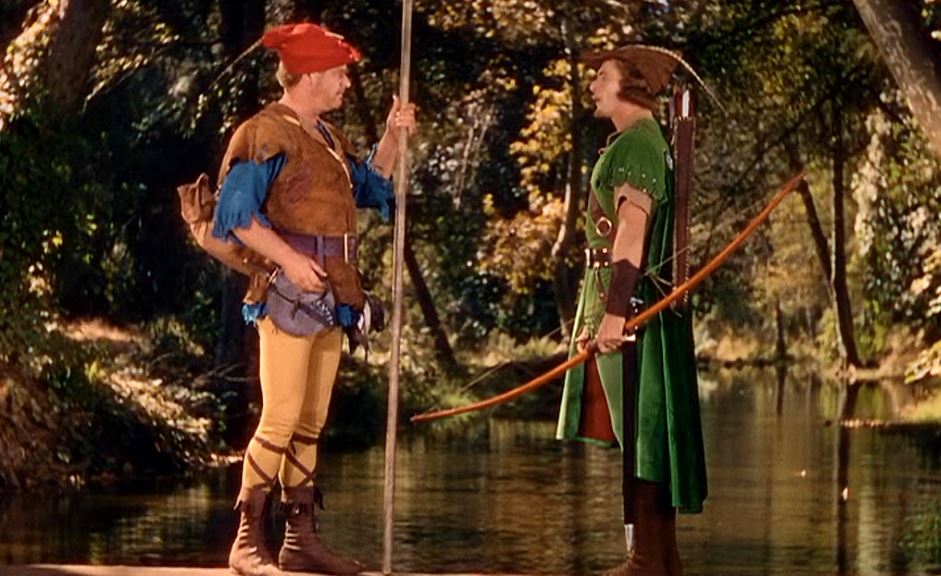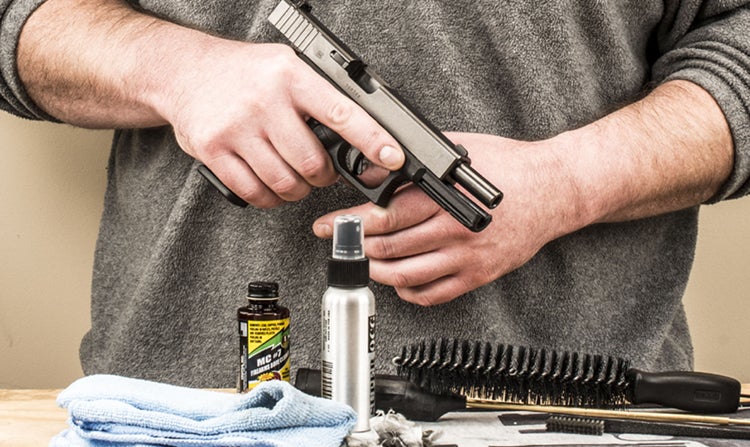Mastering the Quarterstaff: A Historical Martial Art for Modern Times
The English quarterstaff is a weapon steeped in history and tradition, yet its relevance in modern martial arts cannot be overstated. This versatile weapon, a simple wooden staff typically ranging from 6 to 9 feet in length, was once the tool of choice for English yeomen, peasants, and even knights. Today, the quarterstaff is experiencing a revival among martial artists and history enthusiasts alike who are drawn to its practicality, elegance, and effectiveness.
A Brief History of the English Quarterstaff
The quarterstaff has deep roots in English history, with references dating back to the Middle Ages. Traditionally made from hardwoods such as ash or oak, the quarterstaff was not only a weapon of self-defense but also a tool for training in combat. It was often used in place of more expensive or difficult-to-obtain weapons, such as swords or halberds.
During the 16th and 17th centuries, the quarterstaff was a popular weapon for dueling and self-defense, especially in rural areas. It was also a staple in the training of soldiers, as it helped to develop strength, coordination, and technique. The quarterstaff even made appearances in English literature, with notable mentions in the tales of Robin Hood, where Little John famously wields a staff.
For more detailed historical context, you can explore this article on the history of the quarterstaff.
The Basics of Quarterstaff Combat
Mastering the quarterstaff begins with understanding its basic principles. The staff is held with both hands, typically with one hand gripping the staff near the end and the other a third of the way down. This grip provides balance, control, and the ability to generate powerful strikes from both ends of the staff.
Stances and Footwork
Effective use of the quarterstaff relies heavily on stances and footwork. The most common stance is the half-staff guard, where the staff is held horizontally in front of the body, ready to defend or strike. Other stances include the high guard (with the staff raised above the head) and the low guard (with the staff held at waist height).
Footwork is essential in quarterstaff combat, allowing the practitioner to move quickly, evade attacks, and position themselves for optimal strikes. The basic footwork patterns include the advance (stepping forward), retreat (stepping back), and sidestep (moving laterally). These movements should be practiced until they become second nature, as they are crucial for both offense and defense.
Strikes and Blocks
The quarterstaff is a versatile weapon capable of delivering a wide range of strikes, from powerful overhead blows to quick jabs and sweeping strikes. The most common strikes include:
- Overhead strike: A downward strike aimed at the opponent’s head or shoulders.
- Thrust: A forward thrusting motion aimed at the opponent’s torso or face.
- Sweep: A horizontal strike aimed at the opponent’s legs or midsection.
Defensively, the quarterstaff is used to block incoming strikes. Blocks can be executed by positioning the staff horizontally or vertically to intercept an opponent’s attack. The hanging block (where the staff is held above the head at an angle) and the low block (where the staff is positioned to protect the legs) are two fundamental defensive techniques.
For a more in-depth guide to quarterstaff techniques, visit this comprehensive quarterstaff training resource.
Training with the Quarterstaff
Training with the quarterstaff is not just about learning to strike and block; it also involves developing strength, coordination, and timing. Here are some key aspects of quarterstaff training:
Drills and Sparring
Drills are an essential part of quarterstaff training, helping practitioners to build muscle memory and perfect their techniques. Basic drills include practicing strikes, blocks, and footwork in repetition. As you progress, you can incorporate partner drills where one person attacks and the other defends.
Sparring is another critical component of quarterstaff training. Controlled sparring sessions allow practitioners to apply their techniques in a dynamic environment, improving their timing, reflexes, and adaptability. It’s important to use protective gear during sparring, including gloves, masks, and padded jackets, to minimize the risk of injury.
Strength and Conditioning
The quarterstaff is a physically demanding weapon, requiring significant upper body and core strength. Strength training exercises such as push-ups, pull-ups, and planks can help build the necessary muscle groups. Additionally, practicing with a heavier staff can increase strength and endurance, making the standard quarterstaff feel lighter and more manageable in combat.
Cardiovascular conditioning is also important, as quarterstaff combat involves continuous movement and exertion. Activities such as running, cycling, or jump rope can improve stamina and ensure that you can maintain a high level of performance throughout a sparring session or competition.
Mental Discipline
Like any martial art, quarterstaff training requires mental discipline. Practitioners must cultivate focus, patience, and resilience. Meditation and breathing exercises can help develop mental clarity and calmness, essential traits for maintaining control during combat.
The philosophy behind the quarterstaff is also worth exploring. Historically, the weapon was not only a tool for self-defense but also a means of self-improvement. Practitioners were encouraged to approach their training with humility and respect, recognizing that the true goal of martial arts is not to harm others but to better oneself.
The Modern Appeal of the Quarterstaff
In recent years, there has been a resurgence of interest in traditional martial arts, including the quarterstaff. This renewed interest is driven by several factors:
1. Historical Reenactment and HEMA
Historical European Martial Arts (HEMA) has become increasingly popular, with enthusiasts seeking to revive and practice the martial traditions of Europe. The quarterstaff is a staple weapon in HEMA, with practitioners studying historical manuscripts and participating in reenactments and tournaments. The quarterstaff’s simplicity and effectiveness make it an appealing choice for those interested in historical combat.
For more on HEMA and its practices, check out this introduction to HEMA.
2. Fitness and Self-Defense
The quarterstaff is an excellent tool for fitness, offering a full-body workout that improves strength, agility, and coordination. Its use in self-defense is also a draw for modern practitioners, as the staff can be adapted for use in various real-world situations. While it may not be as practical as a smaller, more concealable weapon, the quarterstaff teaches valuable skills that can be applied to other forms of self-defense.
3. Martial Arts Cross-Training
Many martial artists incorporate quarterstaff training into their routines as a form of cross-training. The staff’s unique demands on balance, timing, and precision can enhance performance in other martial arts, such as karate, kendo, or even boxing. The quarterstaff’s principles are universal, making it a valuable addition to any martial artist’s repertoire.
The Quarterstaff as a Timeless Martial Art
Mastering the English quarterstaff is more than just learning to wield a weapon; it’s about embracing a rich tradition of martial arts that combines physical prowess with mental discipline. Whether you’re interested in historical reenactment, self-defense, or simply looking for a challenging and rewarding fitness routine, the quarterstaff offers something for everyone.
As you embark on your journey to master the quarterstaff, remember that progress comes with patience and persistence. The skills you develop through this practice will not only make you a formidable martial artist but also instill virtues such as discipline, humility, and respect. In an era where many traditional practices are being rediscovered and revived, the quarterstaff stands out as a martial art that continues to resonate across centuries.
For further reading and resources, explore the following links:
In the end, mastering the quarterstaff is not just about becoming a skilled fighter; it’s about mastering oneself.




